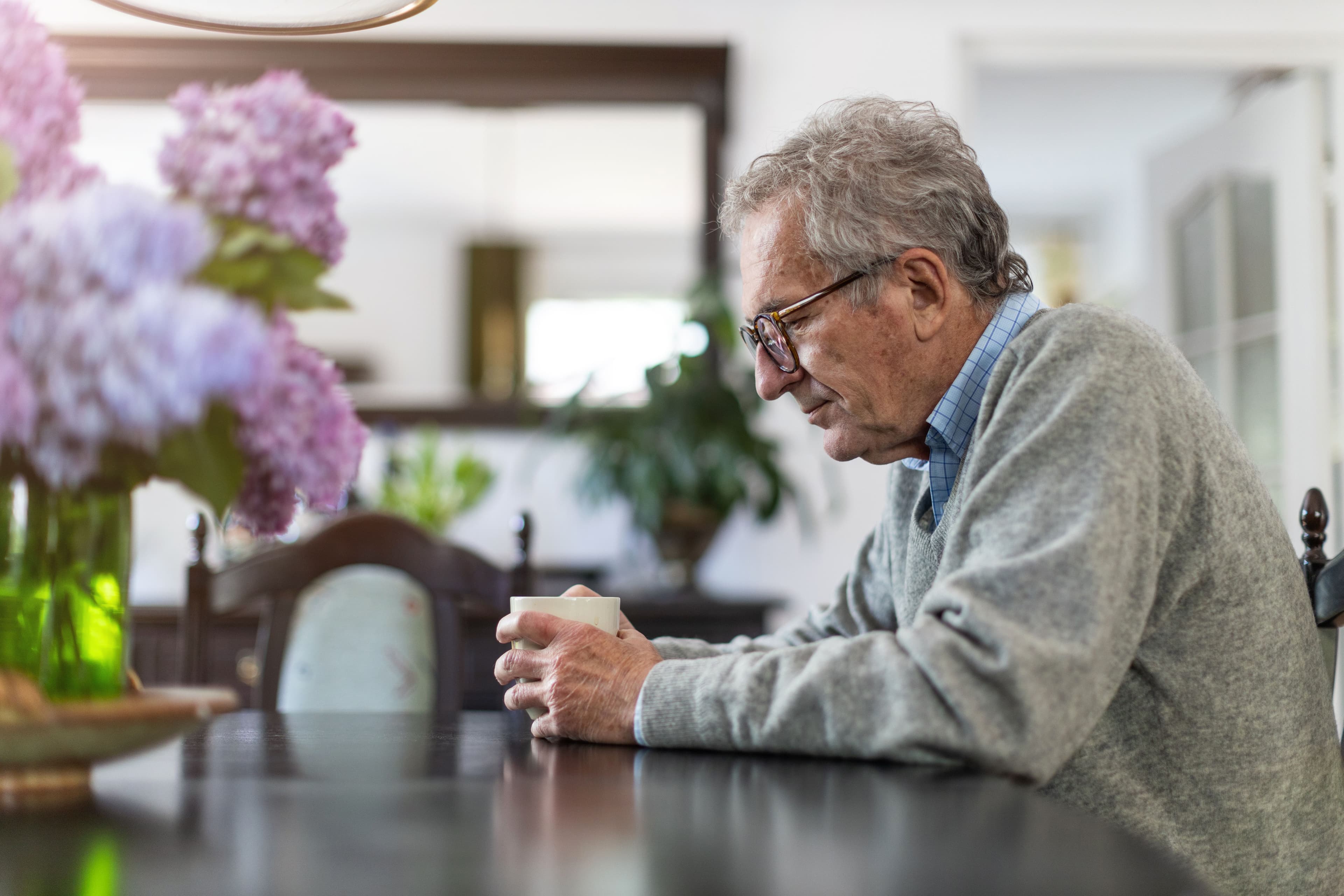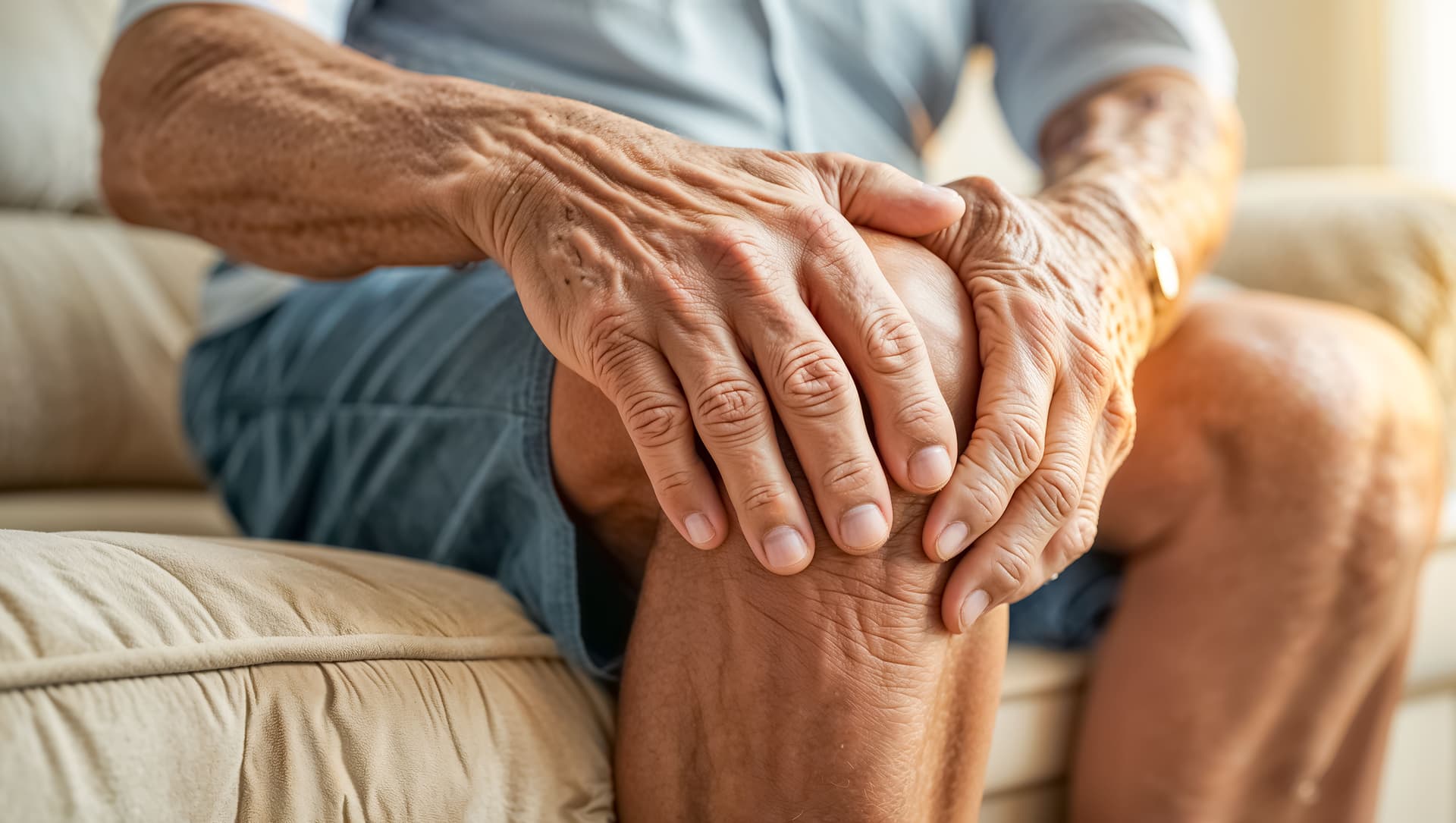
Nursing home abuse and neglect put vulnerable residents at serious risk, leading to malnutrition, dehydration, infections, and preventable injuries. When facilities fail to provide adequate care, residents suffer, and families are left feeling helpless. Lack of supervision, improper medical treatment, and unsafe conditions can result in devastating harm. Understanding the warning signs, knowing your legal rights, and holding negligent facilities accountable are crucial steps in protecting your loved ones. Learn how to take action and seek justice.
October 31, 2025
3 min
Families place their loved ones in nursing homes to ensure safety, care, and comfort. That’s why discovering unexplained bruises, cuts, or fractures can be deeply alarming. When staff can’t (or won’t) explain how an injury occurred, it raises an urgent question: Is this just an accident—or a sign of neglect or abuse?
Unexplained injuries in nursing homes are often red flags. They may reveal deeper systemic problems like understaffing, lack of supervision, or even deliberate mistreatment. Every resident has the legal right to be protected from harm, and families have the right to demand answers.
Understanding the warning signs, the legal standards of care, and how to respond is essential to protecting elderly loved ones and holding negligent facilities accountable.
Not all injuries are avoidable, but nursing homes have a legal duty to minimize risk and provide prompt, transparent explanations when injuries occur.
When injuries appear without a clear cause—or when staff offer vague or conflicting stories—it may signal serious underlying problems.
Common types of unexplained injuries include:

Each of these injuries demands investigation. In many cases, they stem from preventable neglect or abuse, not chance.
Elderly residents often need help with walking, bathing, or transferring from bed to chair. When facilities are understaffed or inattentive, residents may attempt these tasks alone—leading to preventable falls or injuries.
Caregivers who rush tasks or fail to follow safety protocols can cause harm unintentionally. For example, using improper lifting techniques or ignoring bed alarms can lead to serious injuries.
Sadly, some unexplained injuries are not accidental at all. Physical abuse by staff or other residents can result in bruises, fractures, or restraint marks that go unreported or are hidden from families.
Nursing homes must protect residents from foreseeable harm—including aggression from others. If a resident is attacked by another and staff failed to intervene, the facility may be legally liable.
Unsafe conditions—wet floors, clutter, poor lighting, or broken handrails—can easily lead to injuries that go unexplained when staff fail to notice or document incidents.
Some staff conceal injuries to avoid blame or scrutiny from management. Falsifying records or failing to report incidents violates both state and federal law.
Under the Nursing Home Reform Act and corresponding state regulations, facilities are required to:
Failing to report or properly document injuries is a serious violation that can lead to fines, loss of licensure, and civil liability.
When facilities try to cover up unexplained injuries, they are not only endangering residents—they are breaking the law.
Because residents may be unable—or afraid—to describe what happened, families play a crucial role in detecting neglect or abuse. Watch for these warning signs:
Even minor injuries deserve attention. Repeated incidents, vague reports, or evasive answers almost always indicate a larger problem.
If you find or suspect an unexplained injury, act immediately:
Establishing that an unexplained injury was caused by negligence requires evidence. Attorneys often use:
For example, if a resident suffers a fracture but staff failed to note any fall or report it promptly, that gap in documentation is strong evidence of neglect.
Similarly, repeated injuries in a short period often indicate systemic problems rather than isolated incidents.
When negligence is proven, families can pursue civil claims against the facility. Compensation may include:
If the injury results in death, families may also pursue a wrongful death claim, seeking accountability for the loss of their loved one.
Civil lawsuits serve not just to compensate victims but also to enforce standards that protect all residents from similar harm.
Families are the first and most powerful line of defense against nursing home neglect. Staying involved makes a difference.
You can help prevent abuse or neglect by:
Vigilance shows the facility that someone is watching—and that accountability will follow if standards slip.
Attorney Michael Hill has extensive experience investigating and litigating nursing home injury cases. He understands how facilities operate, how records can be manipulated, and how to uncover the truth when families are left in the dark.
Michael helps families by:
Michael approaches every case with compassion, transparency, and determination—ensuring that the voices of elderly residents are heard and their dignity restored.
Unexplained injuries in nursing homes are never something to overlook. Whether it’s a single unexplained bruise or a pattern of repeated harm, each incident could signal serious neglect or abuse.
Families have both the right and the responsibility to demand answers and take action.
When a facility fails to protect residents or hides the truth, civil accountability is not only justified—it’s necessary.
If your loved one has suffered unexplained injuries in a nursing home, Attorney Michael Hill can help you uncover the truth, hold negligent facilities accountable, and ensure that no family endures the same pain again.